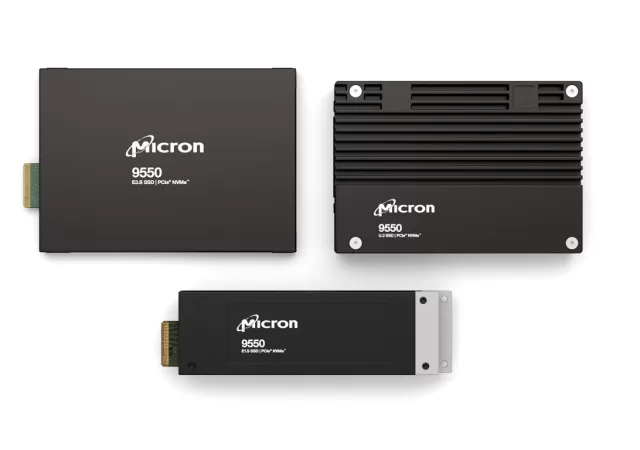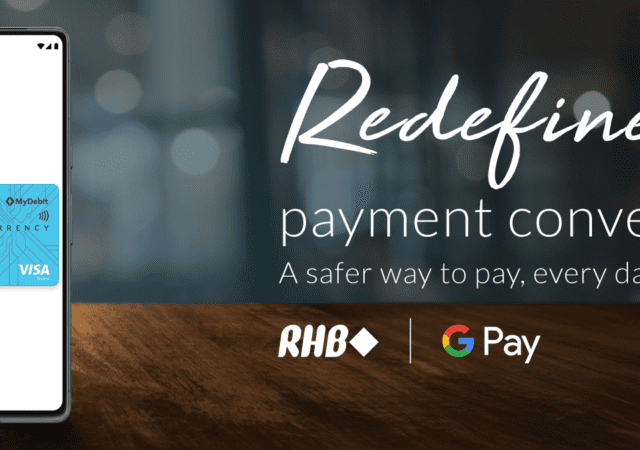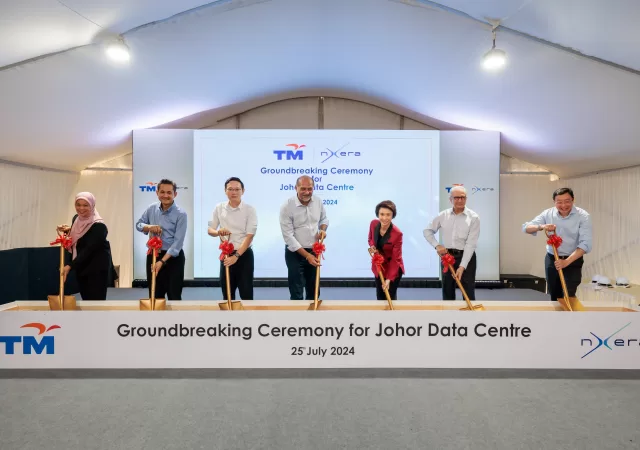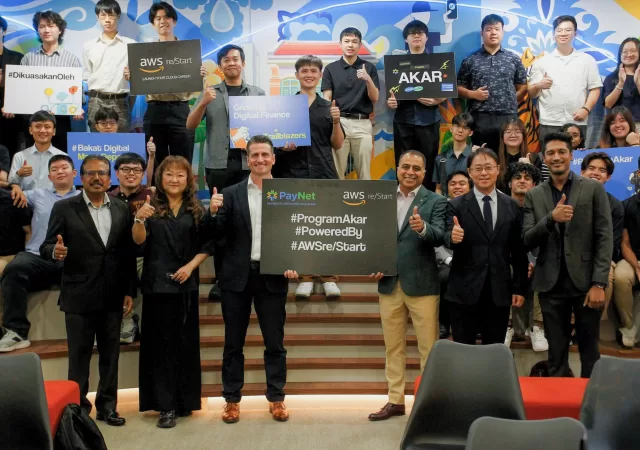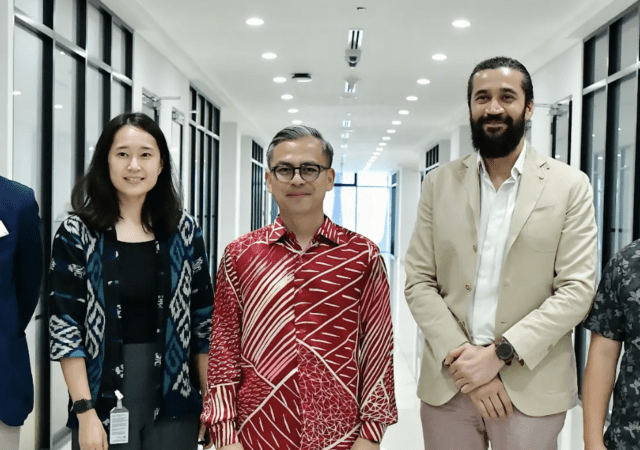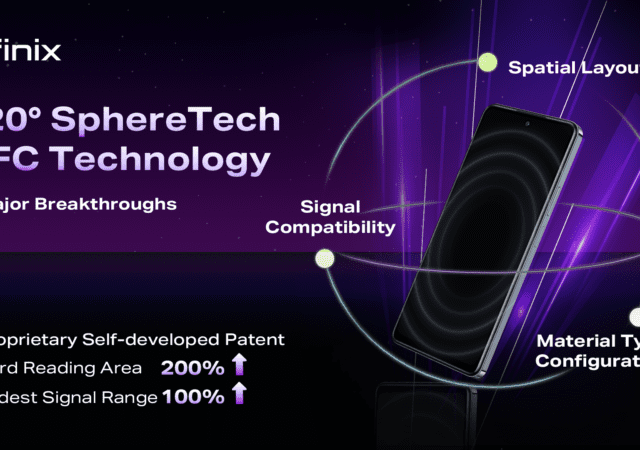Micron Technologies reveals its ninth generation NAND Flash technology that delivers higher performance and memory density than ever before.
Micron 9550 NVMe SSD Boosts Performance and Efficiency for Data Centres
Micron announces the new Micron 9950 NVMe SSDs for Data centre environments designed for AI workloads, performance and efficiency.
Adobe Unveils AI-Powered Enhancements in Illustrator and Photoshop
Adobe introduces new AI-enhanced features to Adobe Photoshop and Illustrator making it easier than ever for users to generate and create.
RHB Bank Visa Cards Get Google Pay Compatibility
RHB Visa cards get Google Pay support allowing users to take advantage of a more seamless cashless experience.
TM & Nxera Break Ground on State-of-the-Art Data Centre Campus in Johor
Telekom Malaysia (TM) and Nxera, Singtel’s InfraCo, break ground at their potential Johor campus for the planned data center Joint Venture.
PayNet Works on Bridging the Digital Divide in Malaysia’s Financial Sector with Program Akar
PayNet works on bridging the digital skills gap in Malaysia’s financial services industry with Program Akar in partnership with AWS re/start
Google Launches Advertising Revenue Lab to Boost Malaysian News Publishers
Google launches Advertising Revenue Labs in Malaysia as part of its Google News Initiative to empower local digital news providers.
CelcomDigi Achieves Significant Milestone in Network Modernization Efforts
CelcomDigi’s network modernization efforts achieve a significant milestone after only 1 year empowering customers with world class 4G and 5G.
Infinix Advances NFC Technology with 720° SphereTech Technology
Infinix announces its 720° SphereTech Technology, a new approach to NFC technology that enables easier NFC activation.




